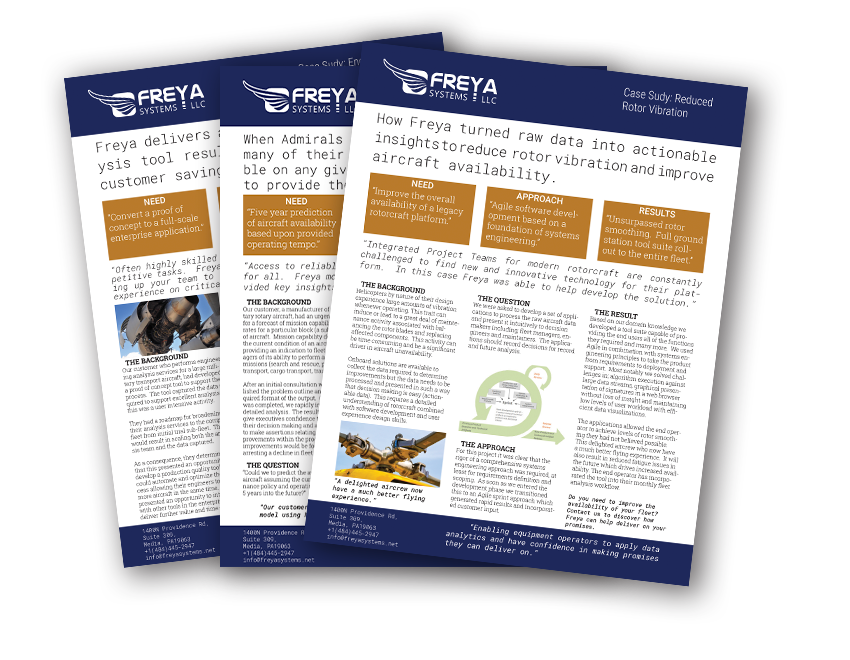In the rapidly evolving landscape of tech innovation, businesses are at a crossroads. New technologies promise to revolutionize industries with increases in efficiency, reducing energy consumption and improving the sustainability of equipment, but adopting the wrong tools or partners can waste time, money, and employee resources. This is especially challenging when using AI in wastewater treatment processes, where teams need to do more with less, while serving public stakeholders that may not want to invest in unproven tech. So how do you make informed decisions when evaluating AI-enabled solutions? Here is a framework for assessing risks and benefits to ensure your next technology investment pays off.
AI Strategy: Start by Understanding the Problems You Want to Solve
Before considering any technology, clearly define the challenges you’re trying to solve: Where are operational inefficiencies? What are the cost drivers in your operation? What are all the sources of data? Where can you improve compliance reporting? Outline the ideal outcomes then look for the tools and services that directly address those needs. Resist the temptation to implement “cool” tech just because it’s new. The latest AI trend may not actually move the needle on your top priorities. Always connect a potential technology back to tangible problems it can solve.
Mitigate AI Ethical Issues: Vet Potential Partners Thoroughly
All AI is not created equal, and a sizable percentage of advanced data analytics projects fail when a proper team does not manage them. Once you have prioritized needs, research vendors and compare capabilities. Look beyond marketing claims. Ask for case studies and client testimonials documenting demonstrated impact. Have an early discovery meeting with a short list of potential partners. Make sure partners follow ethical AI practices around transparency, bias mitigation, and responsible data use. The right collaborators will welcome tough questions and back up claims.
AI Integration: Validate Technology Performance
Test AI tools thoroughly before full deployment. Start with a small pilot to gauge real-world performance and suitability. Assess factors like accuracy, ease of use, and integration with existing tools and systems. Work closely with your partner to address any limitations uncovered during testing. A dependable partner will iterate and improve while overhyped products may show no meaningful progress. Use pilots to determine which tech meets your needs before scaling up and ensure that they will be able to support scalability moving forward.
Analyze Costs and Benefits of New AI Technology
Adopting new technology requires investment, so weigh costs against potential return on investment. Consider obvious expenses like software licenses and equipment as well as hidden costs like training and integrating with existing infrastructure. Compare these costs to anticipated gains in efficiency, predictive maintenance performance, chemical optimization, reduction in energy use and other cost savings over the lifetime of the solution. Also factor in less tangible benefits like improved compliance, worker satisfaction, and reduced risk. AI tools can deliver major value. Be thoughtful and realistic about trade-offs and benefits to an AI-strategy that provides you with a solid foundation for future knowledge capture, optimizations, and compliance.
AI Tools: Start Small and Scale Up
One strategy to minimize the disruption to your operation is to have a phased implementation. Introducing too much new tech too fast can backfire, especially with non-technical end users. Develop an AI strategy that begins with a focused pilot, then slowly expand capabilities and users. Listen to feedback at each stage and address concerns before moving ahead. Provide ample training and communication around changes. Early involvement in pilots also builds support and expertise for larger adoption. Take a crawl-walk-run approach to smoothly integrate AI tools rather than overhauling everything at once.
Nurture a Data-Driven Culture
For AI tools to work, people and processes must embrace data. Show how new AI technology augments human skills rather than replacing people. Identify champions to model behaviors like data sharing, analytical thinking, and monitoring metrics. Include stakeholders early when introducing new tech. Frame adoption as a collaborative effort, not something imposed on users. Share examples of early wins and efficiencies gained. Recognize teams and individuals for contributions to data initiatives. With planning and encouragement, your culture can learn to trust and leverage data insights.
Adopting new technology invariably involves a degree of uncertainty. However, as experienced data scientists in this space, we recognize the importance for you to explore and harness advanced technologies like AI, not only to unlock new efficiencies but also to better serve our communities. Unfortunately, sometimes we must help our clients navigate through a maze of AI’s false claims; we guide our clients towards genuine, impactful AI solutions. By taking a strategic, data-driven approach to tech adoption, Freya’s leaders in AI technology collaborate with our clients to embrace innovation while maintaining fiscal diligence.
The future of wastewater management will be defined by those willing to judiciously implement AI solutions.
If you’d like to integrate AI solutions into your business model, Freya’s team of data scientists, engineers, and software developers would love to help. Contact Freya Systems to learn more about our AI strategy consulting services based on your specific needs.


